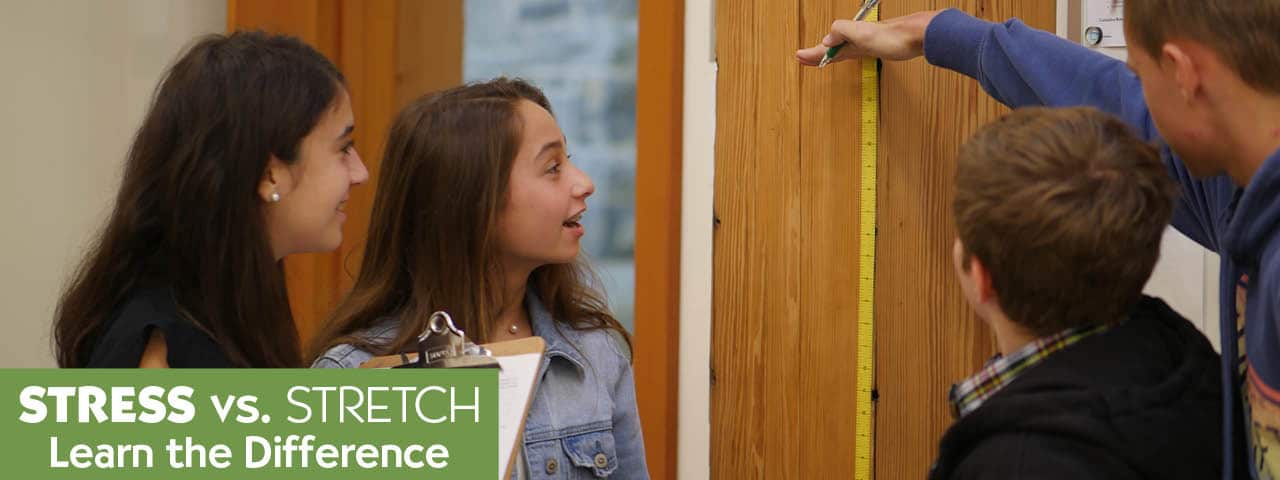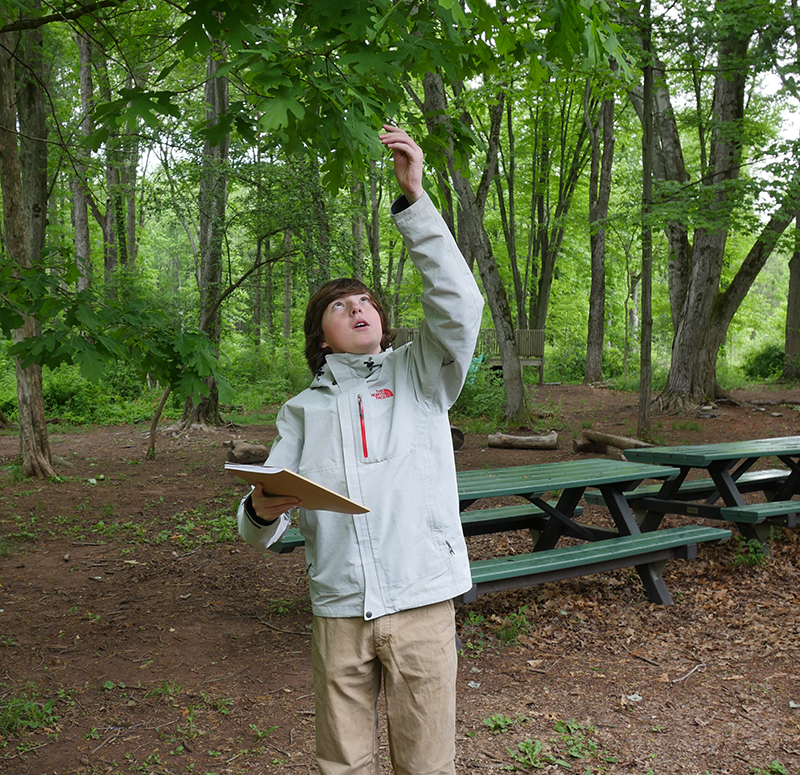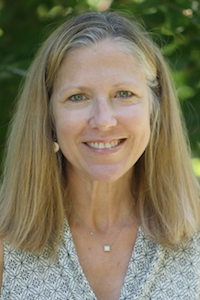
Many middle schools are all about stress. Willow is all about stretch.
This year of pandemic learning has had a strong impact on middle school students in particular. Middle schoolers are at a very significant stage where textbook pre-adolescence and adolescence struggles are at the forefront of their everyday lives. For many students, these challenges were exacerbated this year due to virtual or hybrid learning.
Whether your child is learning in person or virtually, there’s a big difference between growth-inspiring STRETCH and confidence-depleting STRESS. Scroll through the slideshow, or download the infographic, to learn some of the key differences.
Middle school (Grades 6-8) at Willow is all about stretching students’ intellect, and their capacity to work hard, challenge themselves, and take worthwhile risks. Willow’s many distinctions — experiential education, Virtues program, Unrivaled School Culture, and the natural leadership middle schoolers assume in an Age 3-Grade 8 school — equips students with the skills to persevere, work through problems and even manage stressful situations in high school and beyond.

Let’s Start a Conversation
Please submit the form below and our Director of Admissions Lisa VanderVeen will connect with you.
Request our Parent’s Guide to Executive Functioning in middle school. We will email it to you immediately.

Director of Admissions Lisa VanderVeen is here to help! Contact her at (908) 470-9500, ext. 1100 or via email.


